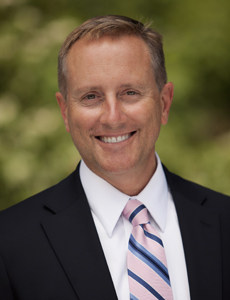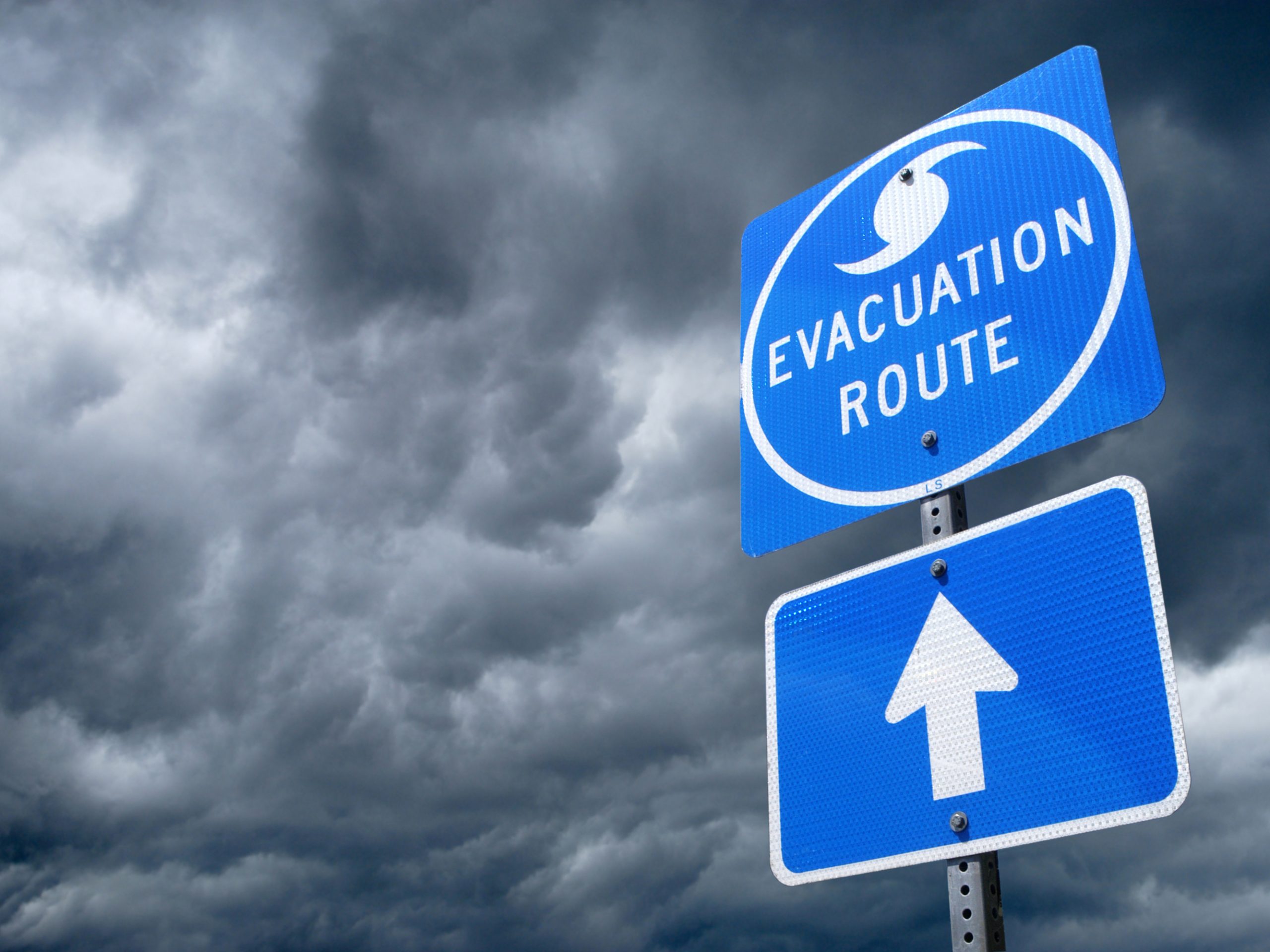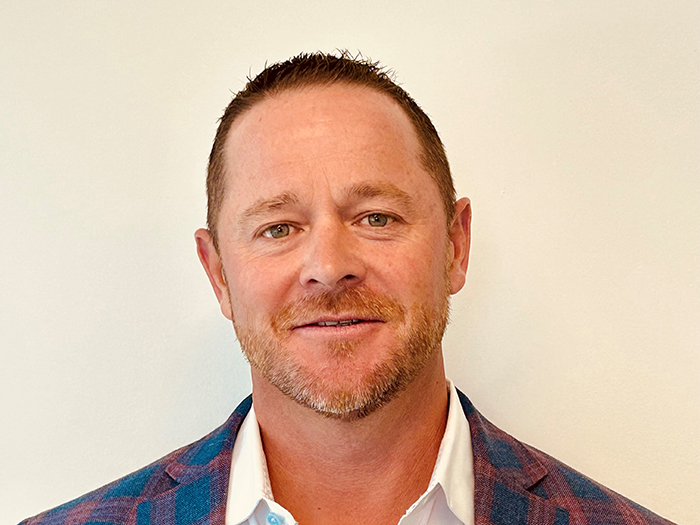Risk Management
Risk Management by Design

A health care risk management team based in Silicon Valley is using the latest technology to make patients, doctors and health care systems safer and more sustainable.
Using the concept of design thinking, veteran health care chief risk officer Jeff Driver and his team at The Risk Authority Stanford believe they can engage risk and mitigate it in a way that involves client participation and is client-specific.
Design thinking, briefly stated, involves enlisting the participation of end users to find and build the solution to a pain point.
Here’s Simon Mawer, The Risk Authority Stanford’s assistant vice president of risk management, on that topic in more detail.
“Design thinking is using the tools and mindsets of designers to address problems outside the traditional fields of design. It’s a process that elevates people—and more particularly, the end-users of a product, transaction, or system—as experts for understanding the frontline realities behind the hard data. Through a creative, collaborative and experimental process, design thinking helps us generate solutions that are effective, because they are uniquely shaped by and for the people and the context for which they are designed.”

Jeff Driver, CEO, The Risk Authority Stanford
In his decades-long experience as a health care risk manager, Driver, The Risk Authority Stanford’s CEO, said he repeatedly encountered situations where off-the-shelf risk analysis products with supposedly sterling resumes and recommendations failed.
“We know from 20 years or so of purchasing solutions that not all solutions really work,” Driver said.
“There are closets full of these solutions that have never taken off,” he said.
“Design thinking solutions are those solutions that emerge from the sharp end or where the problem originates,” he said.
“We use a team of risk managers and staff quality experts to look at the possibilities of designing a solution that is specific to that problem and that culture, rather than buying an off-the-shelf solution,” he said.
It’s on the beat of that word “culture” where a lot of health care risk managers will start nodding their heads.
All work cultures are complex. The degree to which interpersonal dynamics or workplace culture can affect performance in areas like operations and risk management cannot be underestimated.
One traditional communication snare in health care is between doctors and nurses. A veteran nurse might see a doctor making a mistake, but because of the hierarchies that can exist in a hospital, won’t say anything.
Overwork, staff on staff or patient on staff violence in workplace settings, or miscommunication due to simple language differences can all lead to disruption and distraction, with the end result that those the profession swears not to harm get harmed.
Veronique Grenon, a vice president of analytics with The Risk Authority Stanford, talks about how analytics can drive understanding of cultures, to unearth the places where one member of a hospital team, or a patient, may have one view of a medical error or event, and another party may see things through an entirely different lens.
“I think analytics is like writing a story. But data reporting isn’t enough anymore. We are working on predictive and prescriptive analytics,” Grenon said.
“We need to know what to focus our risk management strategies on,” she said.
Let’s say a medical error occurs and is reported. Using analytics to understand who initiated a report in a given system can help a risk analyst’s valuable perspective on that report, compared to other reports produced about the same health system.
“Where did this initiate, did it initiate by a patient complaint? Or did it initiate from a nurse’s concern?”
And then analyzing the event based on who wrote the report.
“The new modeling techniques are there to help us with that. We use natural language processing, machine learning, sentiment analysis to uncover more of not just the hard facts but information about the patient and how they are feeling,” Grenon said.

Veronique Grenon, vice president of risk analytics, The Risk Authority Stanford
“We combine data sets, create common language, and analyze data from many sources,” she said.
Drawing on her background as an actuary, Grenon is using analytics to touch every piece of what The Risk Authority Stanford is doing, be it a new product for insurance underwriters who are trying to get a grasp of their health care clients risk exposures, or risk managers who are trying to get their hands on a tool that can help them understand, in a more intimate way, the risks within their own organizations.
“We are using risk analytics to understand where our hotspots are,” she said.
“Then we use design thinking, we want to uncover the true drivers of the issues we are seeing. And then we create solutions,” she said.
“Together they are very powerful and complement each other very well,” she said.
“I am really glad I am a part of this project,” she said. “I was skeptical at the start and now I love it.”
“The most exciting thing about the work that Vero(nique) and her colleagues are doing is that they are giving us an accurate, nuanced, and actionable running start into the most important issues driving liability risks,” said Mawer.
“We say the data provides a direction for investigation—and to really understand clinical risks you have to walk in the shoes of the people you are designing for: before you start going straight to solutions, you have to empathically understand the people and the systems in which they live and work, from their perspective,” Mawer added.
Innovence
Driver founded what was then known as Stanford Risk Consulting in 2009. By 2013, the group decided to shed its nonprofit status and enter the for-profit realm as The Risk Authority Stanford.
“Over time we accomplished that but we had this whole other side of our brain so we built this new product which we call ‘Innovence,’ said Driver. The name is a cross between “innovation” and “evidence”.
The software piece of the business is known as Innovence Pulse. One product, Innovence Pulse: Enterprise, is helping carriers look at the data from their insureds to understand what is driving losses at those insured entities.
A second software product, Innovence Pulse Risk Manager, was released this past fall. That product allows risk managers to essentially “shrink wrap” an analytics solution around their particular set of risks, allowing them to get their arms around disparate sets of data systems.
The Risk Authority Stanford’s Grenon said that while some modules of Innovence Pulse are complete and some are still under construction, the team is, in a sense, always in process.
“We’re giving risk managers a tool to be proactive about what they are doing,” Grenon said.
“My personal objectives come into this as well,” she said.
“I don’t want to add a data entry burden to people. I want to be able to use what intelligence is available
History
Jeff Driver’s first job in health care risk management was at tiny Geauga Hospital in Chardon, in Ohio’s Amish country.
“Literally, the Amish would roll up in their buggies, take off their boots, leave them at the door and walk in with bags of cash,” Driver recalls.
From those humble beginnings at a 110-bed hospital in Ohio, Driver is using his Silicon Valley connections to shape the future of the health care risk management profession.
The Risk Authority, as it is known for short, not only consults in risk management for Stanford Health Care and Stanford Children’s Health, but works with health care clients and insurance carriers across the globe.
Due to confidentiality agreements, Driver can’t reveal the carriers or the hospitals that he is working with. Suffice to say that there are a number of them.
Driver’s career in health care began some years earlier than that risk management stint in Chardon, when he worked at the Cleveland Clinic as a respiratory therapist. Almost immediately, he was confronted with the issue of medical error.
It didn’t take long for him to decide that he wanted to study and help mitigate medical error(s) and their aftermath for a living.
“I was personally involved in medical errors,” Driver said. “I watched other people be involved in medical errors,” he said.
“It changed my vision of what I wanted to do. Rather than be a clinician I wanted to be a person that was involved in preventing those kinds of errors,” he said.
Following risk management positions at San Diego Children’s Hospital and at the Beth Israel Deaconess Medical Center in Boston, Driver took a position as the Chief Risk Officer at the Stanford University Medical Center in 2004.
The move to Stanford was fortuitous because it placed Driver in one of the leading medical facilities in the country. It also put him in Silicon Valley, in the company of hundreds of aspirational people who through a technology revolution, are reshaping commerce globally.
“Obviously we are heavily influenced by our geography,” said Driver.
“On the Stanford campus we are right in the middle of Silicon Valley,” he said.
“Hewlett Packard is right across from us. Google is right here. You mingle with these people and you can’t help but want to learn about what they are doing.”

Simon Mawer, assistant vice president of risk management, The Risk Authority Stanford
Like Driver, The Risk Authority’s Simon Mawer encountered the issue of medical error earlier in his career, became intrigued by its dynamics and was drawn to a career in health care risk management.
Mawer began his professional life as a litigator in Australia, working in the tort-liability field on cases involving personal injury, medical malpractice and aviation accidents, among other topics.
“Part of what I loved about that work was the sacred privilege of meeting people in their hour of greatest need, understanding their situation deeply, and advocating in close collaboration with them for the resolution they deserved,” Mawer said.
Mawer moved to California, and worked for a number of years in claims and litigation in-house for the Stanford University health system. That experience deepened his knowledge of the importance of empathy in understanding how patients view health care, and how wronged they can feel if they are injured as part of their medical treatment and their concerns not listened to.
“After spending hours and hours listening to the experiences of patients, nurses and physicians in the aftermath of medical errors and health care gone wrong, I developed a passion for getting on the other side of it, to see if I could be part of preventing the errors themselves, and solving the issues that forced patients to sue in order to get the support they needed,” he said.
“It made no sense to me that after a medical injury, patients should be further harmed by the claims handling process,” Mawer said.
It’s a classic and painful —some might say shameful— dilemma in health care risk management that injured parties traditionally felt shut out by the way claims are handled in the aftermath of medical error.
Legal counsel might be given to the treating physician to not speak to the injured party. Getting any information about how the mistake happened, be it wrong-site surgery, the wrong medical dose given, or some other mistake, proved to be extremely difficult for most patients.
Many times, to get the information they needed, to get an apology, or to get the financial support they needed to heal, patients and/or their families did the only thing they thought they had available to them; they sued.
In the super-powered environment of Silicon Valley, Driver and his colleagues are marshalling analytics and the concept of design thinking to find a way to avoid that kind of outcome. &











